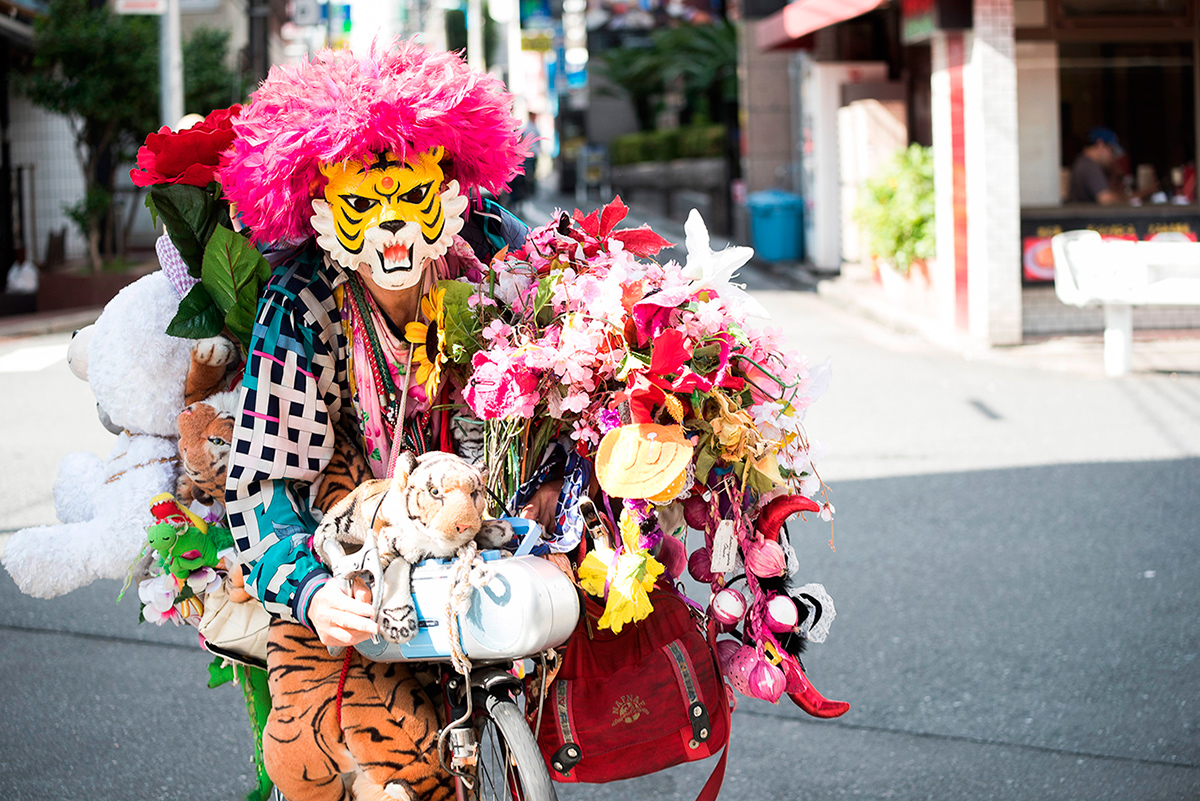Gaika (working title)
The principal woman featured in this movie begins showing the initial symptoms of mottled spots on the skin at the age of seven. The onset of stupor beings when she is 10-years-old. She is diagnosed with leprosy at 22 and the following year in 1957 she is separated from her family before being mandatorily quarantined at the Tama Zenshoen Sanatorium. 10 months later she meets a man also quarantined there with leprosy and the two are wed. However, sanatorium rules at the time stipulated the castration of any male leprosy patient who marries another leprosy patient within the facility. The couple have no other recourse but to accept the rule for the sake of their married life together. Director’s Statement I was very young when I first learned of leprosy. People said “get too close and you’ll be infected by the disease” so leprosy was a very scary sickness for me at that tender age. I became familiar with leprosy in a proper sense in 1999. I was involved as a director of a one …




